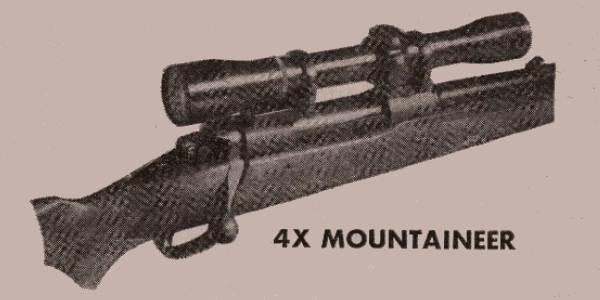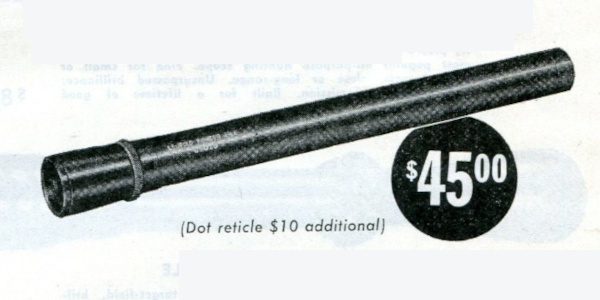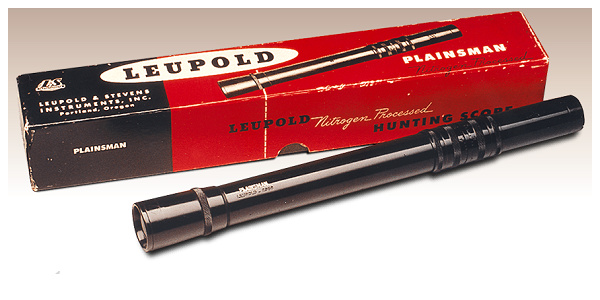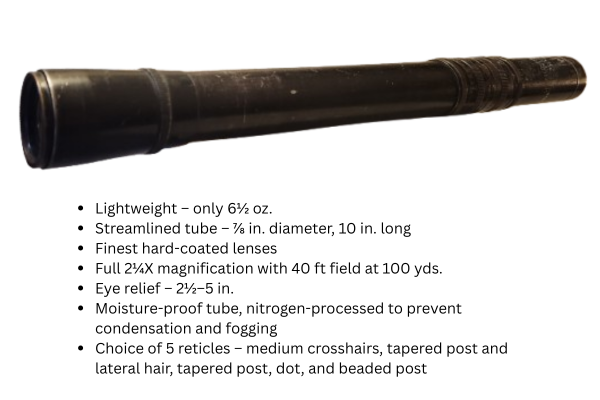Leupold Mountaineer – Internally Adjustable 4X & 6X Riflescopes (1954–1959)
Overview & Design Introduced in 1952, the Leupold Mountaineer was a major evolution in Leupold’s sporting scope lineup. Designed with internal micrometer-style windage and elevation adjustments built directly into the streamlined 7/8-inch tube, the Mountaineer eliminated the need for external turrets or reliance on mount adjustments. This made it both more precise and more streamlined…
Read MoreLeupold Pioneer – Lightweight 2½X, 4X & 8X Riflescopes (1949–1958)
Leupold Pioneer Riflescopes – A Classic Line of Early American Optics Overview & Design First advertised in 1949, the Leupold Pioneer was Leupold & Stevens’ first riflescope offered in multiple fixed-power configurations. While early references called it simply the “Leupold Riflescope,” the Pioneer name came to represent Leupold’s streamlined, lightweight scopes designed for saddle guns,…
Read MoreLeupold Logos – Part 1: The Portland Era (1940s–1968)
Before there were Golden Rings or crosshair icons, there was simply “LEUPOLD” – stamped cleanly and proudly onto scopes built in the early days of American sporting optics. This post begins our chronological exploration of Leupold branding, logos, and scope markings, starting with the Portland Era: a time when Leupold & Stevens was still finding…
Read MoreLeupold Plainsman – America’s First Fogproof Riflescope (1947–1954)
Overview & Design Introduced in 1947, the Leupold Plainsman was the first American-made nitrogen-sealed riflescope. Designed in response to Marcus Leupold’s personal experience with fogged foreign optics, the Plainsman represented a major leap in hunting scope durability. It featured a fixed 2¼× magnification, streamlined steel body, and internal cam-style windage and elevation adjustments—without the protruding…
Read More



